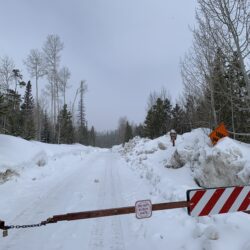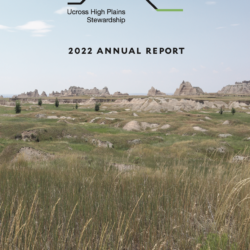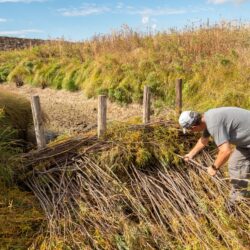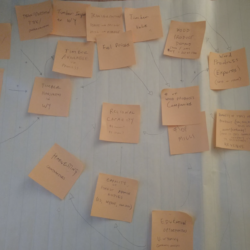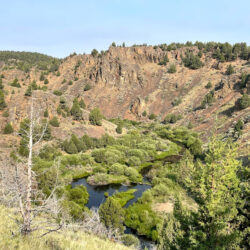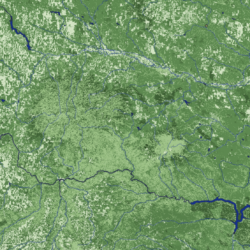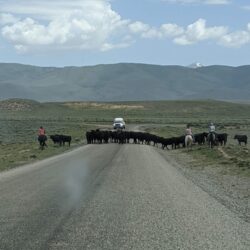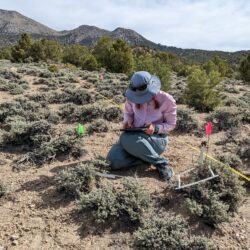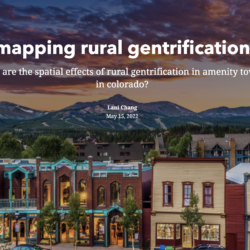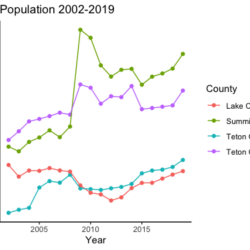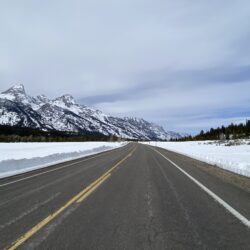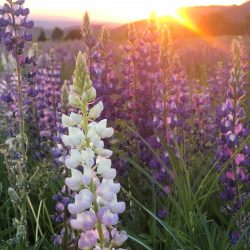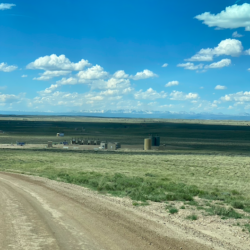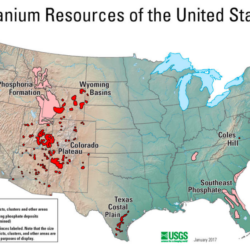Changing Agriculture in a Changing Climate: Exploring Farmers’ Responses to Climate Change via Multispecies Ethnography
Across the Southwestern United States, the already pervasive effects of climate change foreshadow a stark future for farmers. While there is substantial quantitative research regarding the impacts of climate change on agriculture, there is minimal qualitative research to ground abstract statistics in the lived experiences of farmers. Julia’s master’s research aims to understand how farmers Read more about Changing Agriculture in a Changing Climate: Exploring Farmers’ Responses to Climate Change via Multispecies Ethnography[…]


